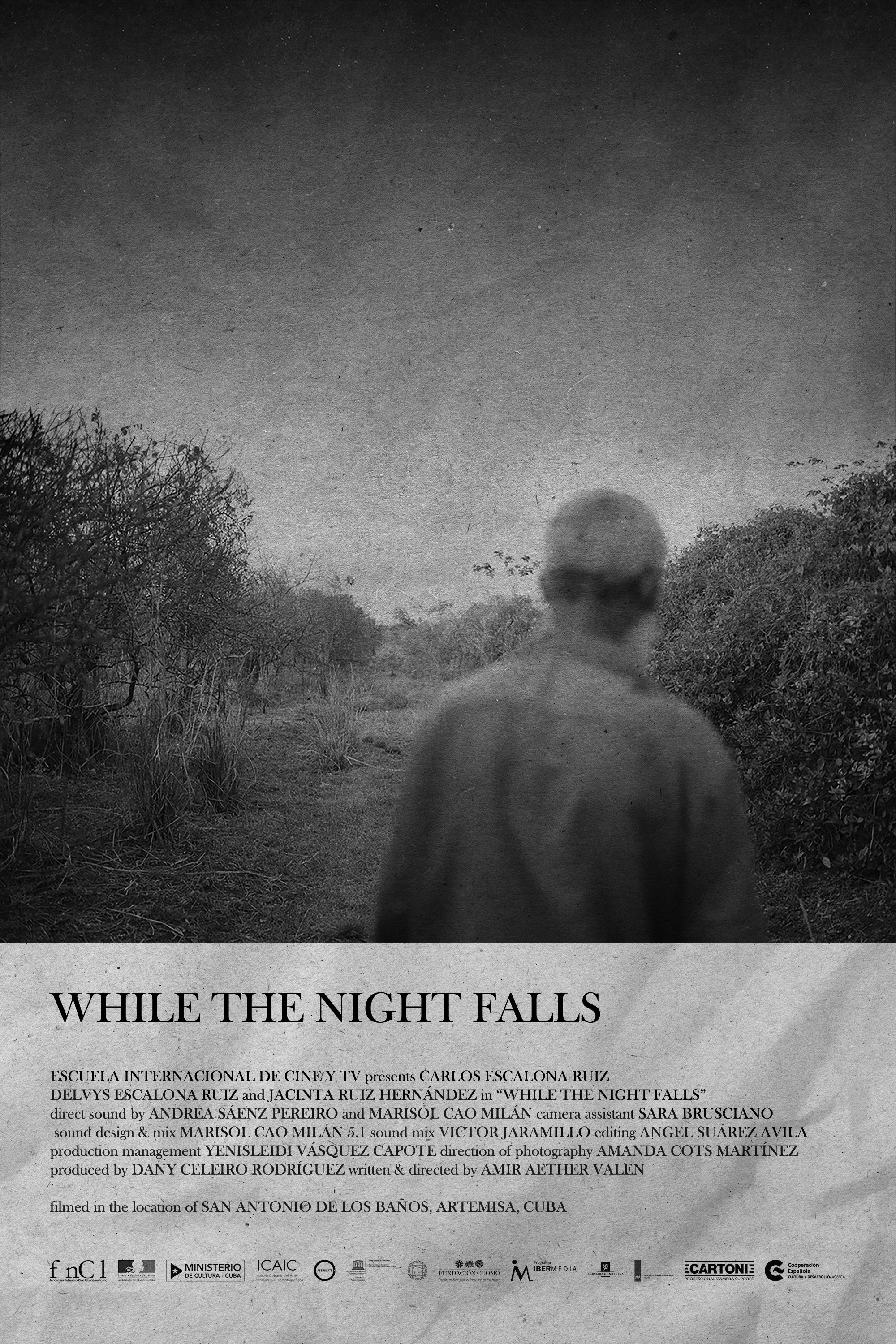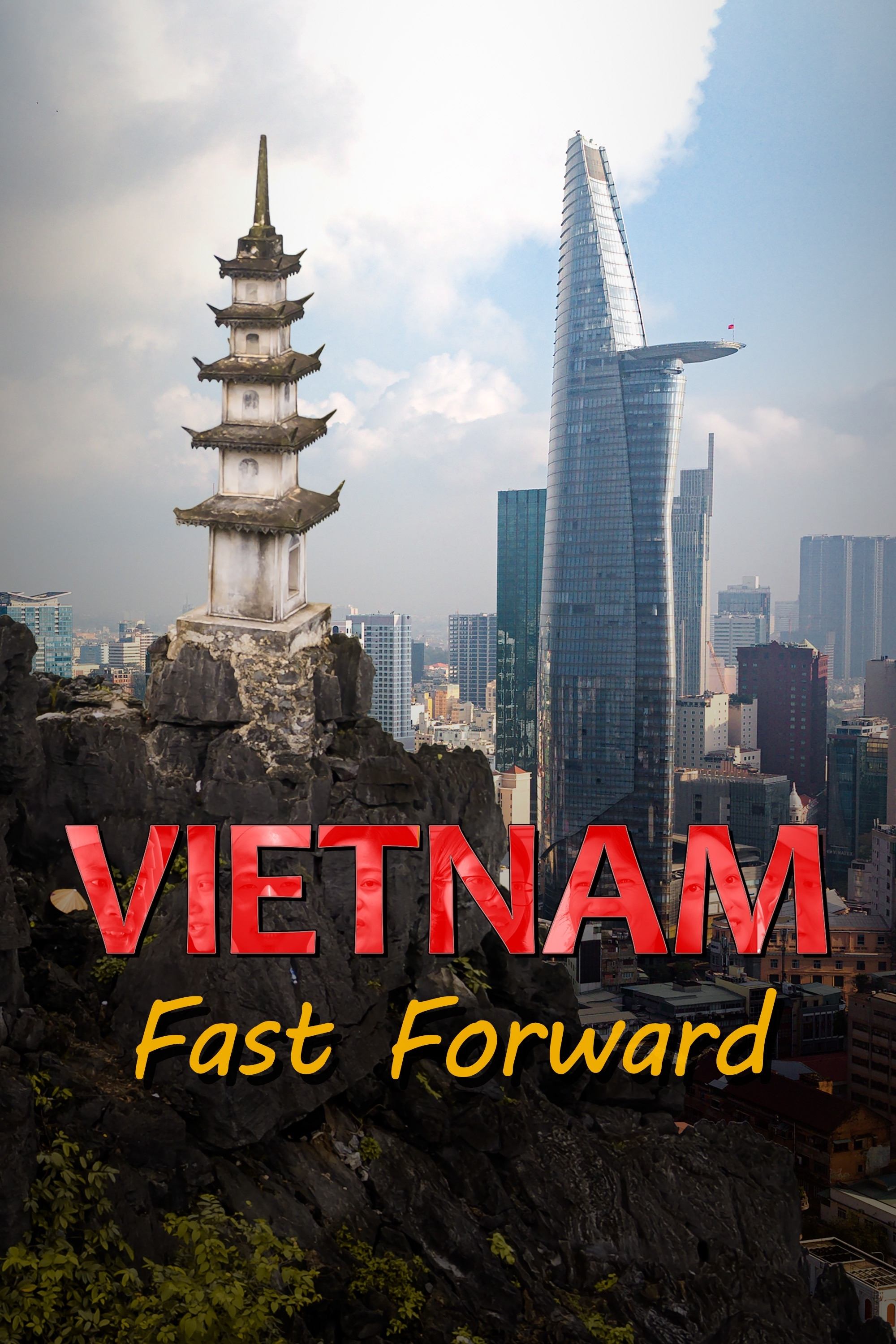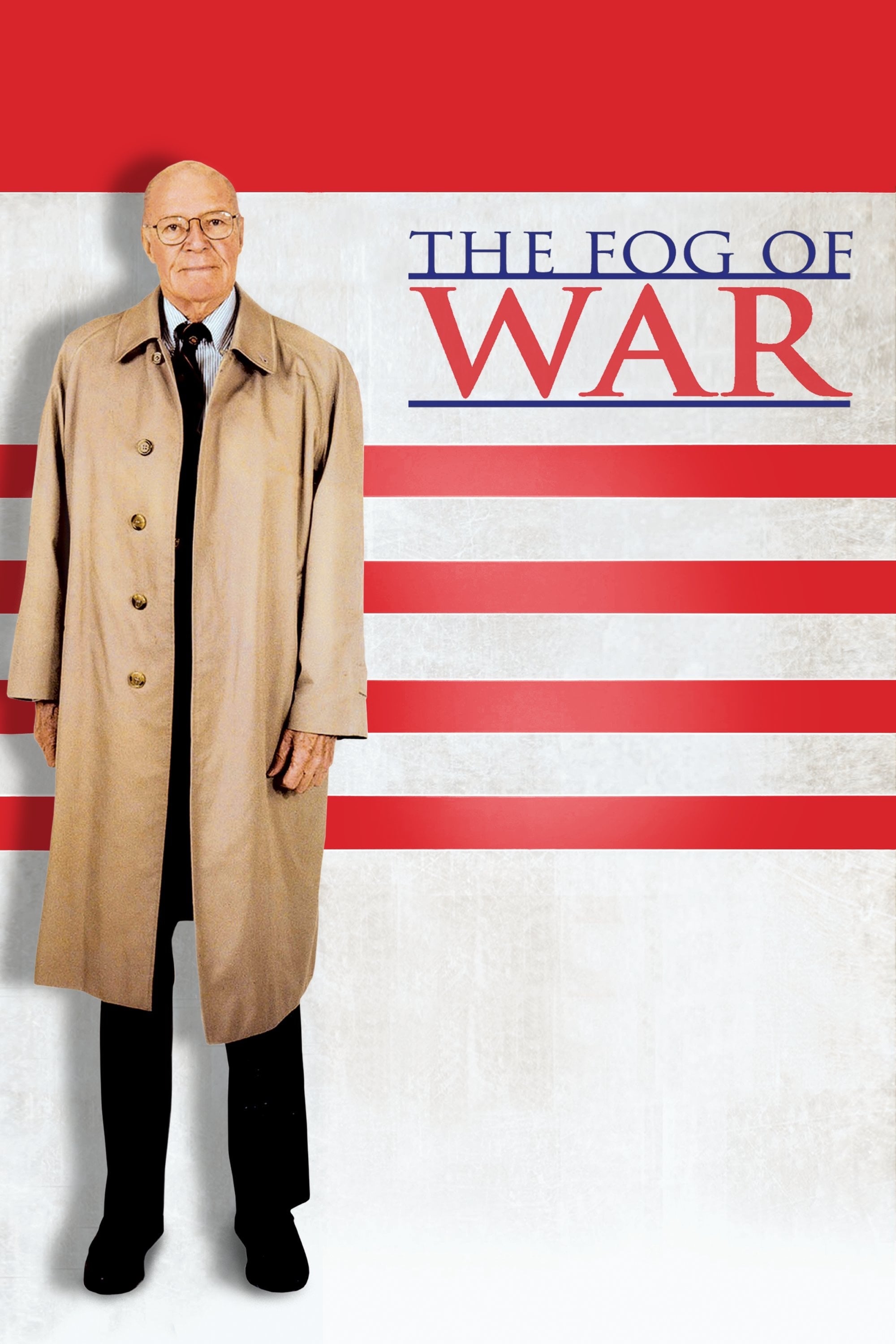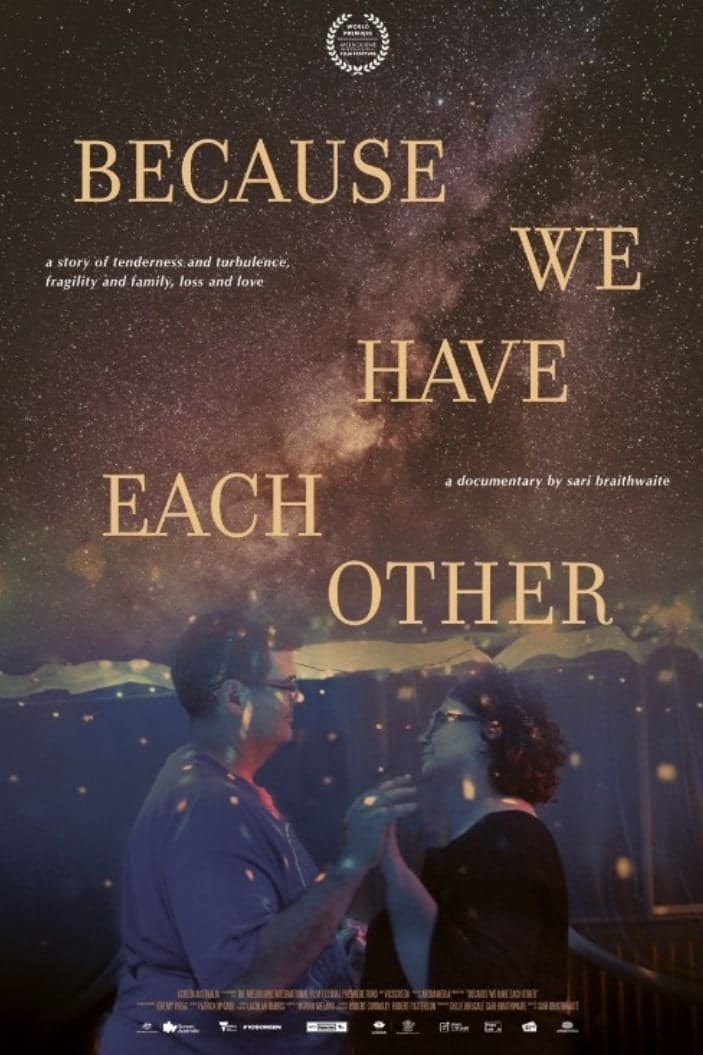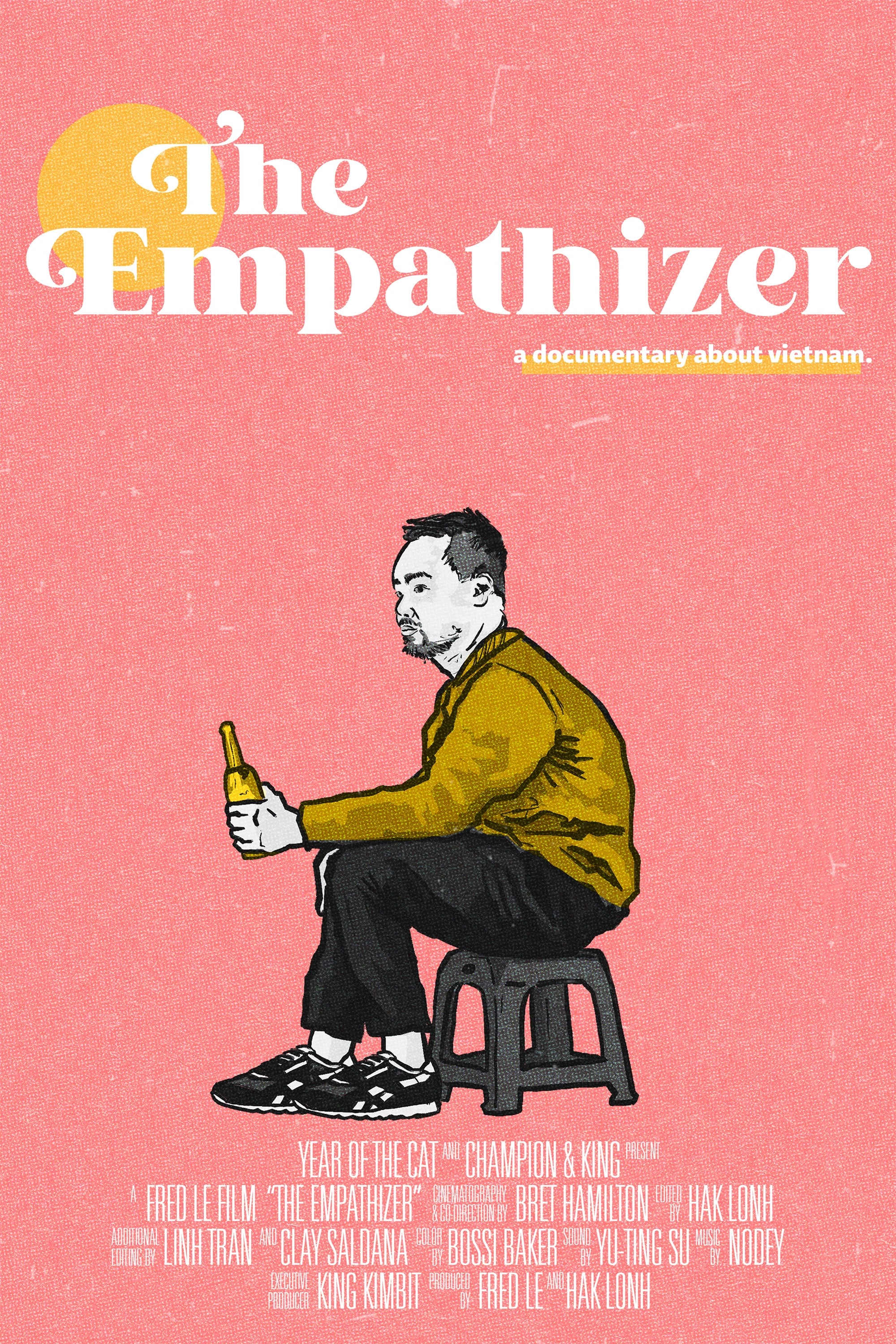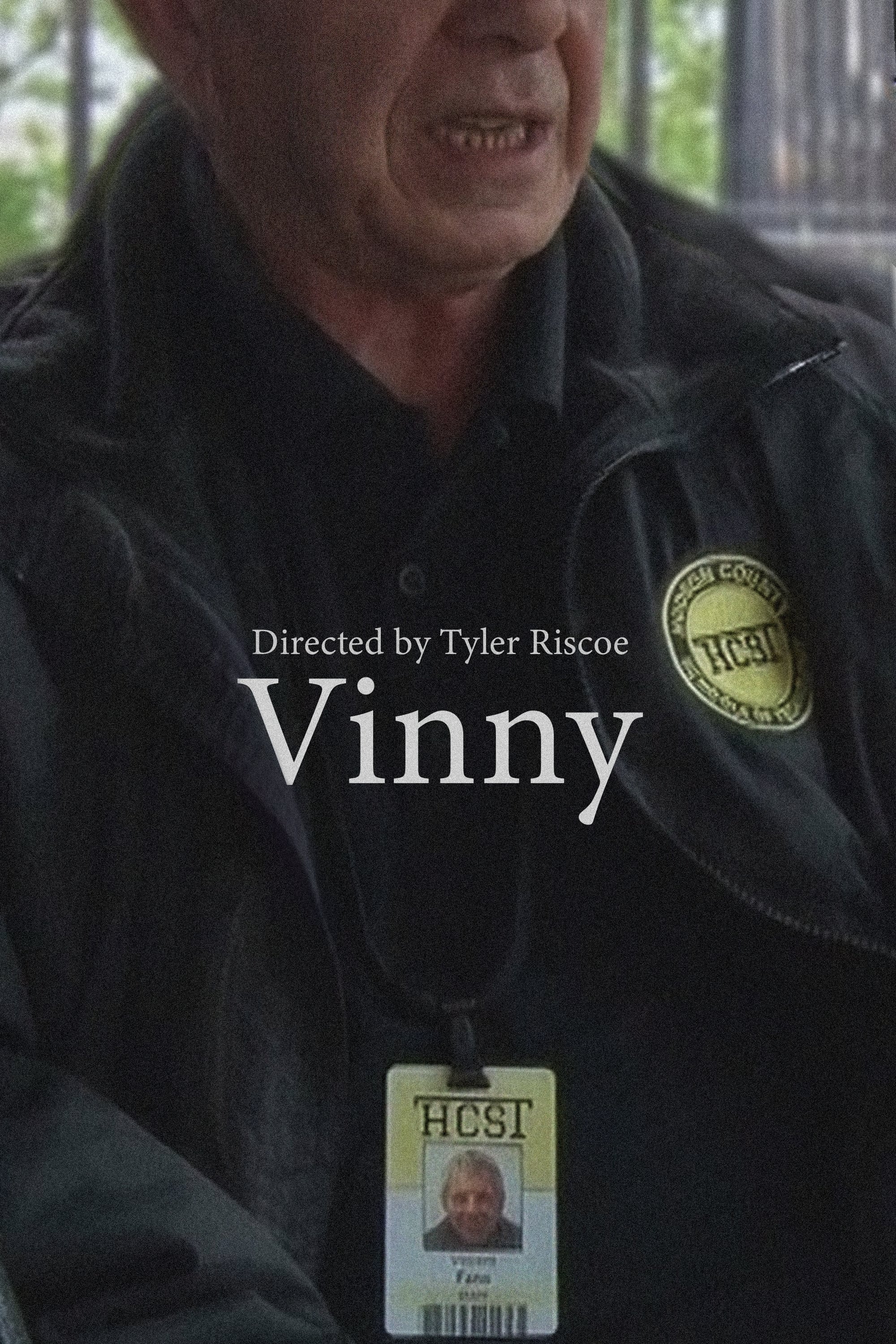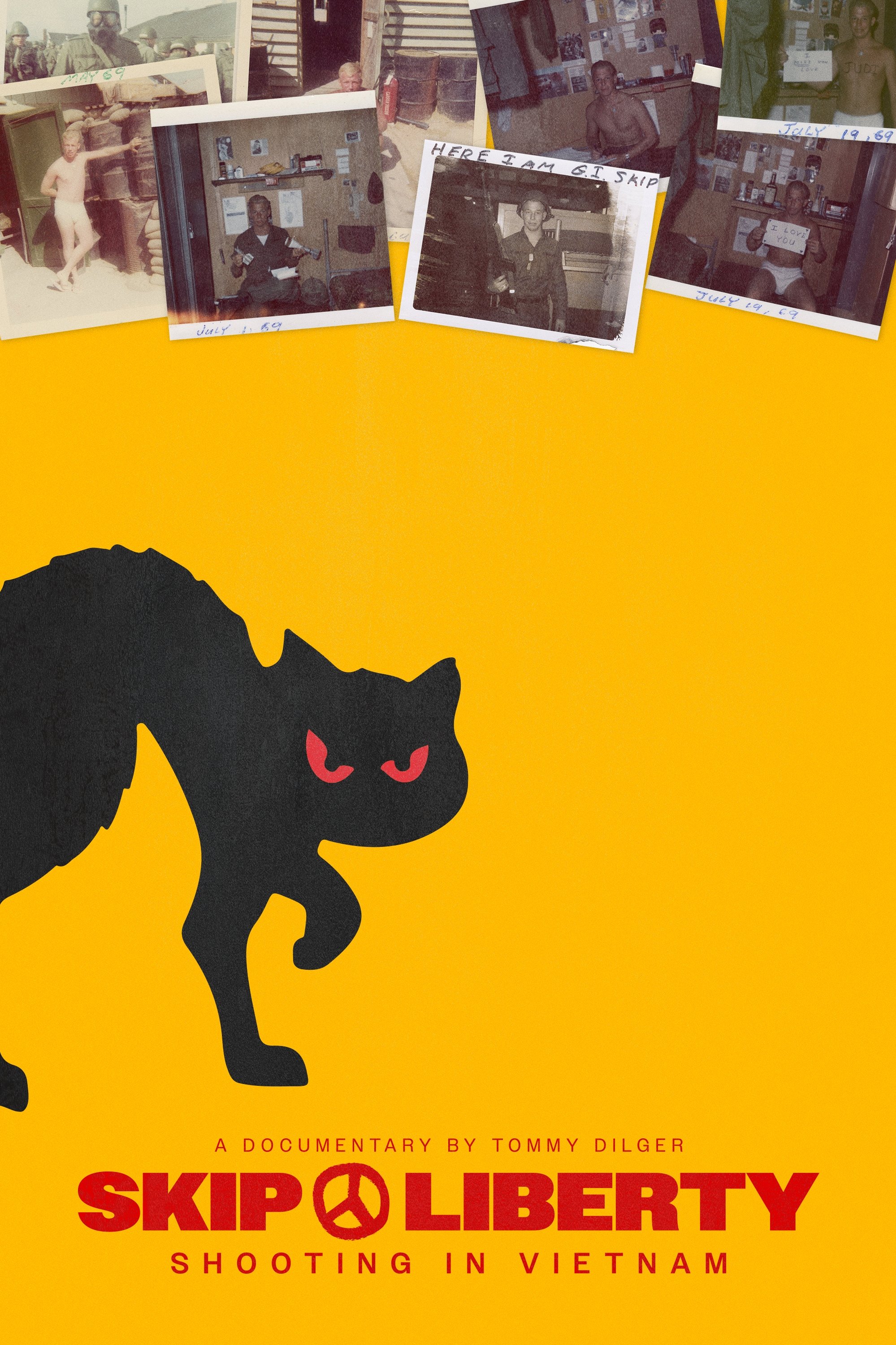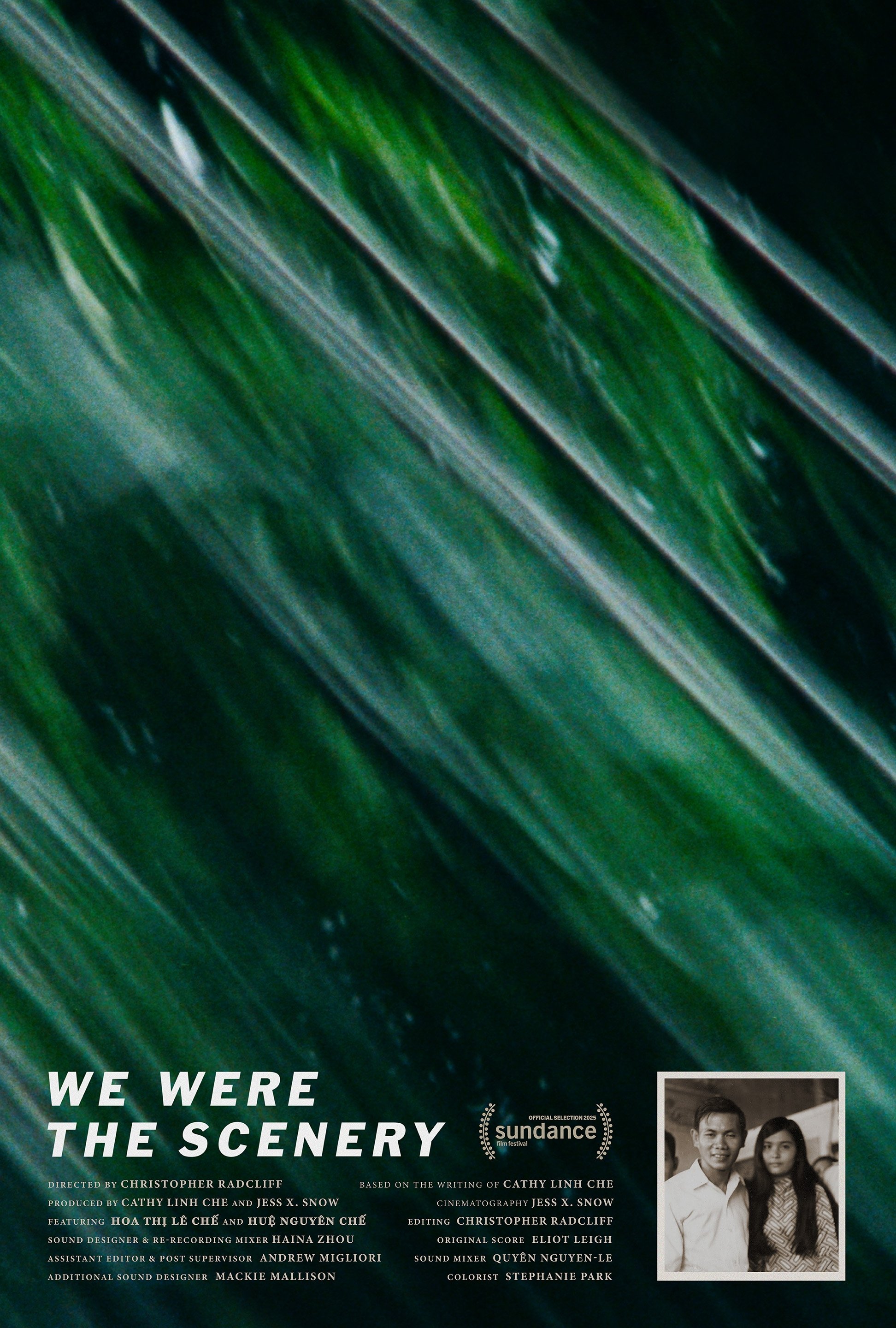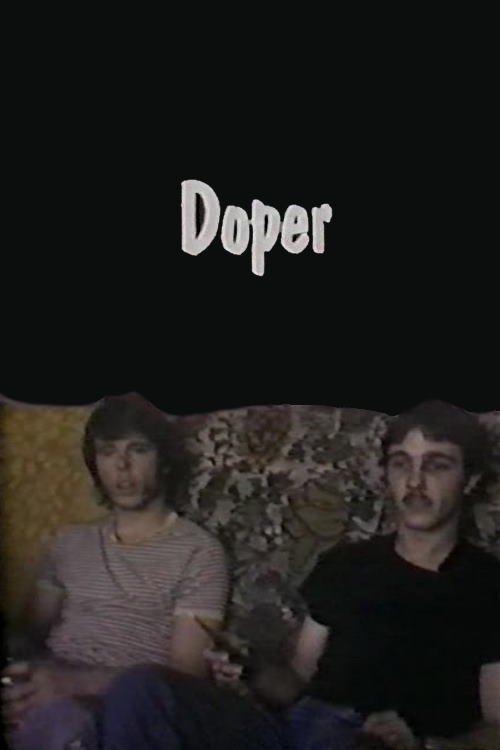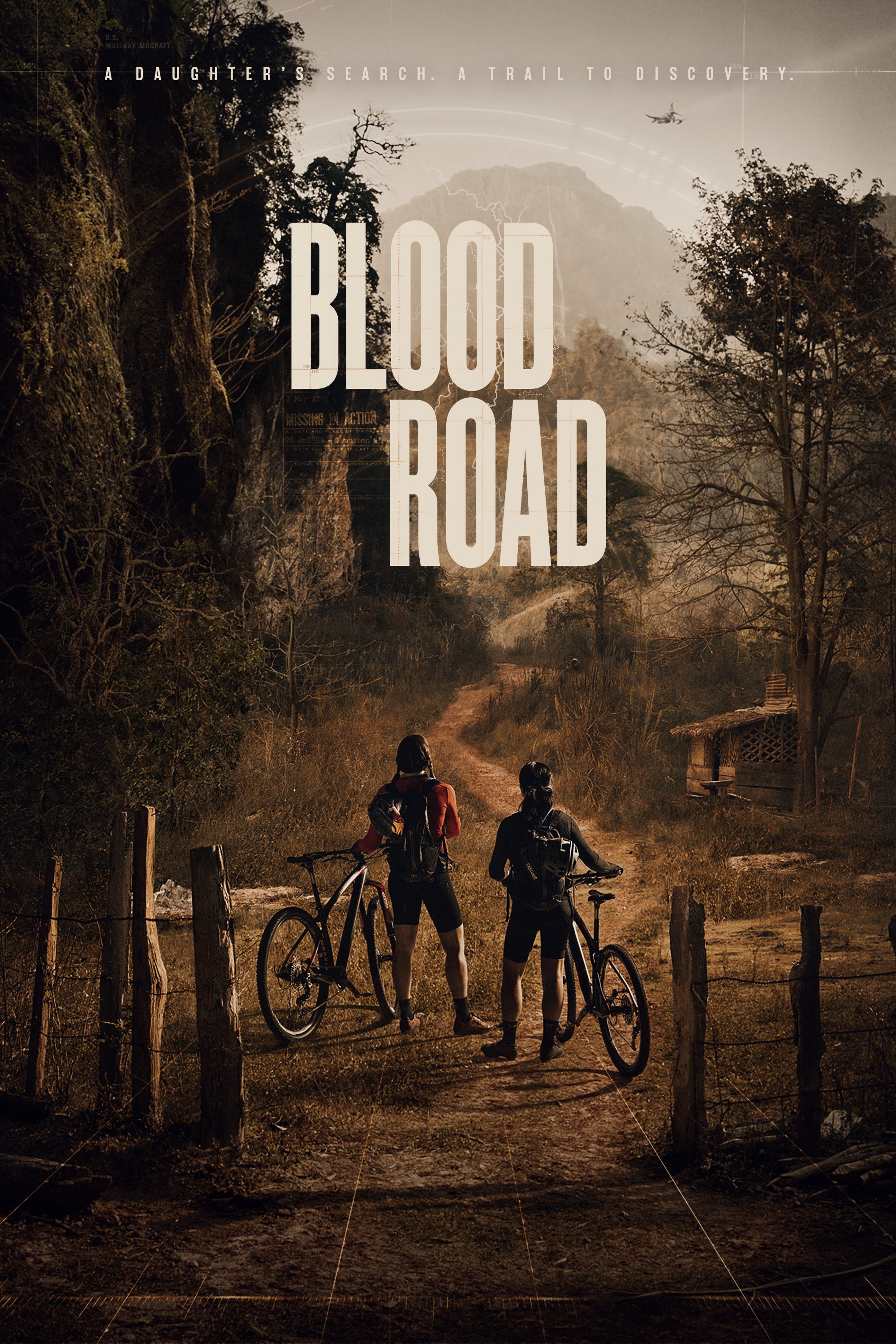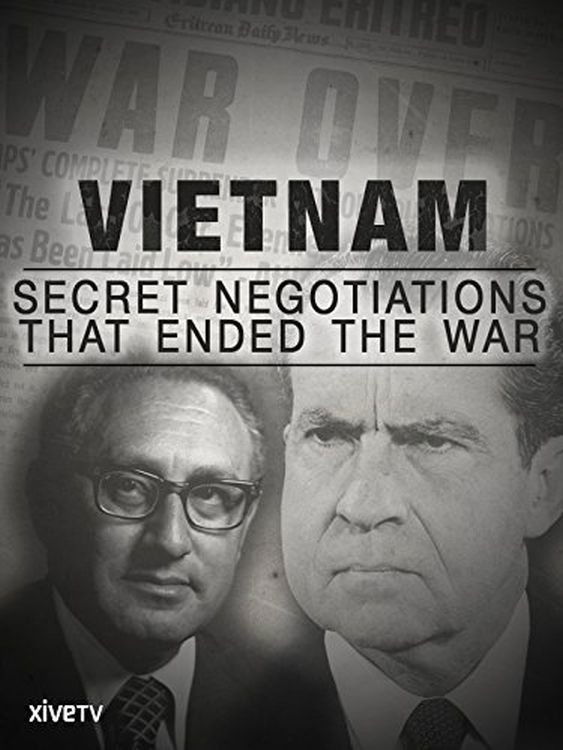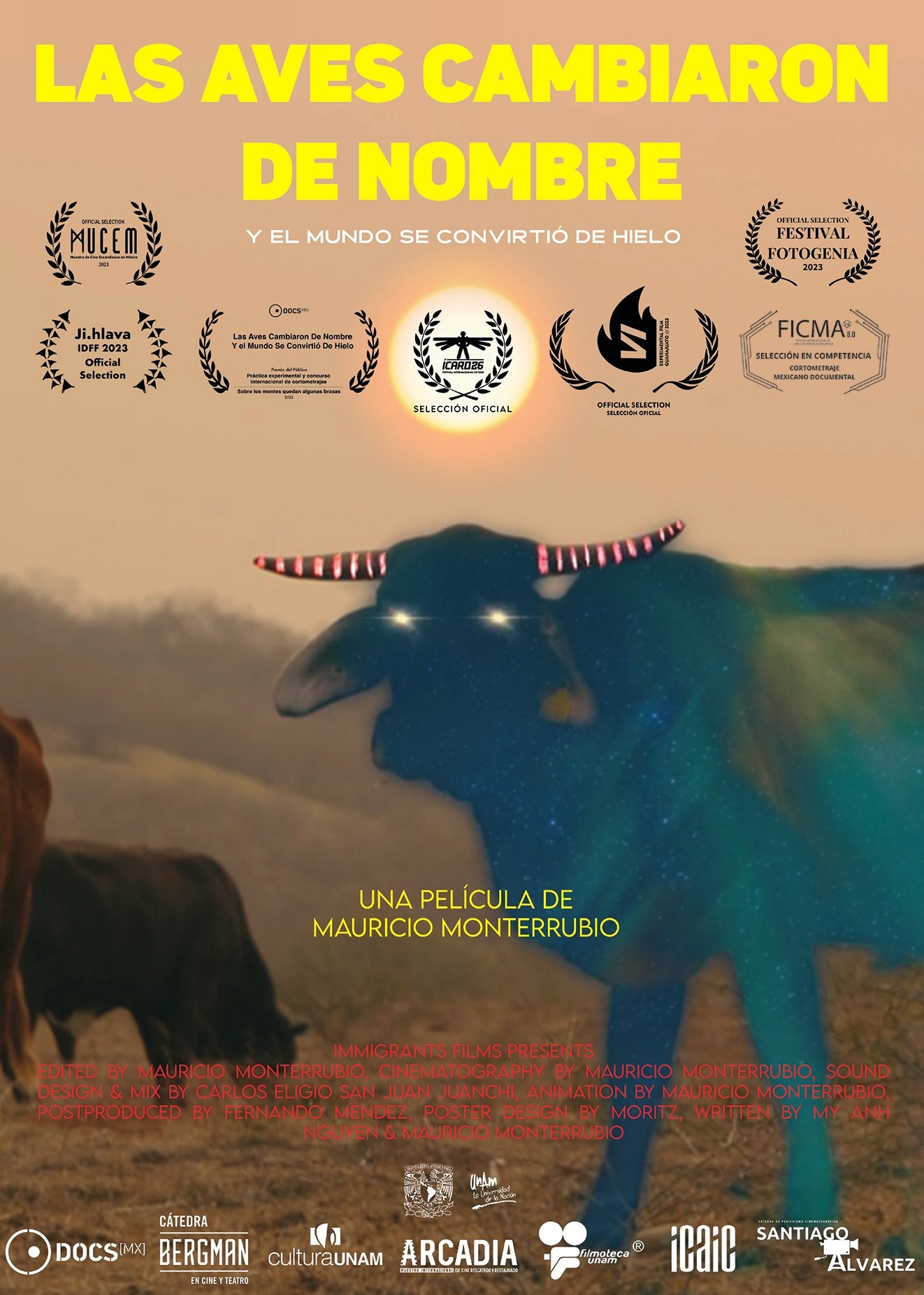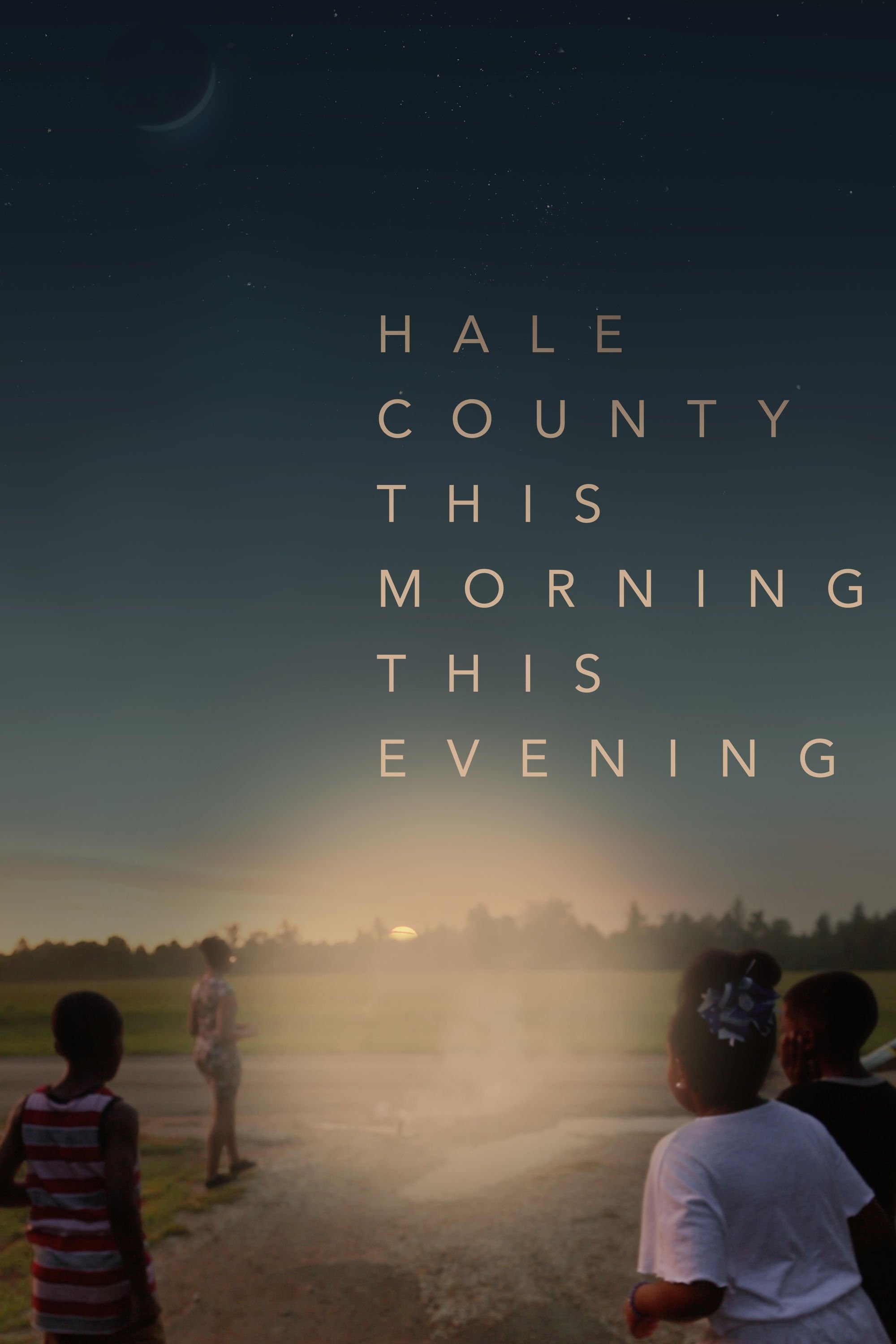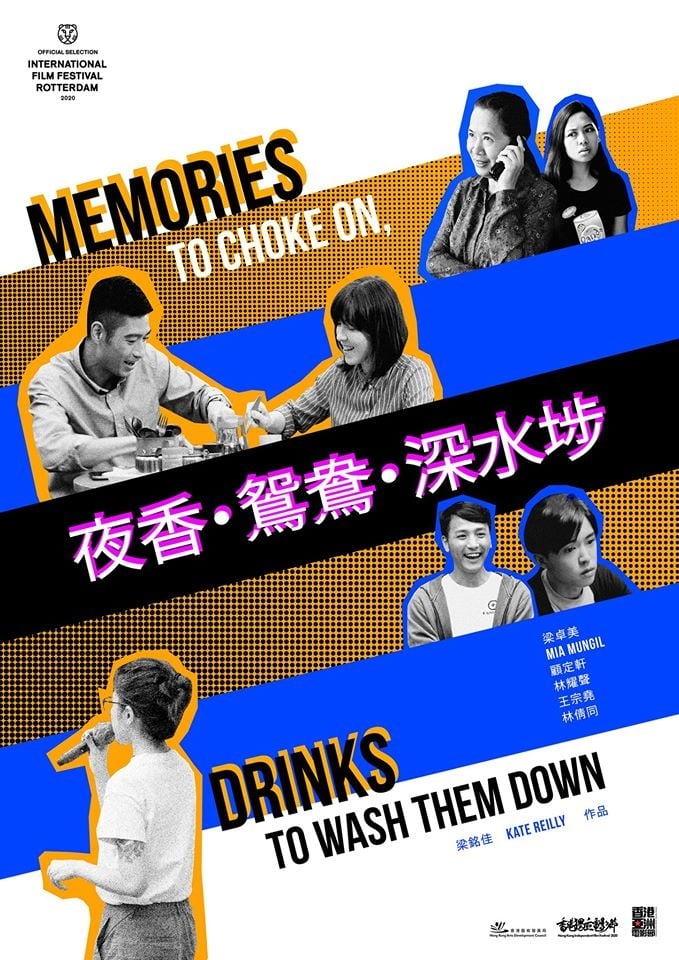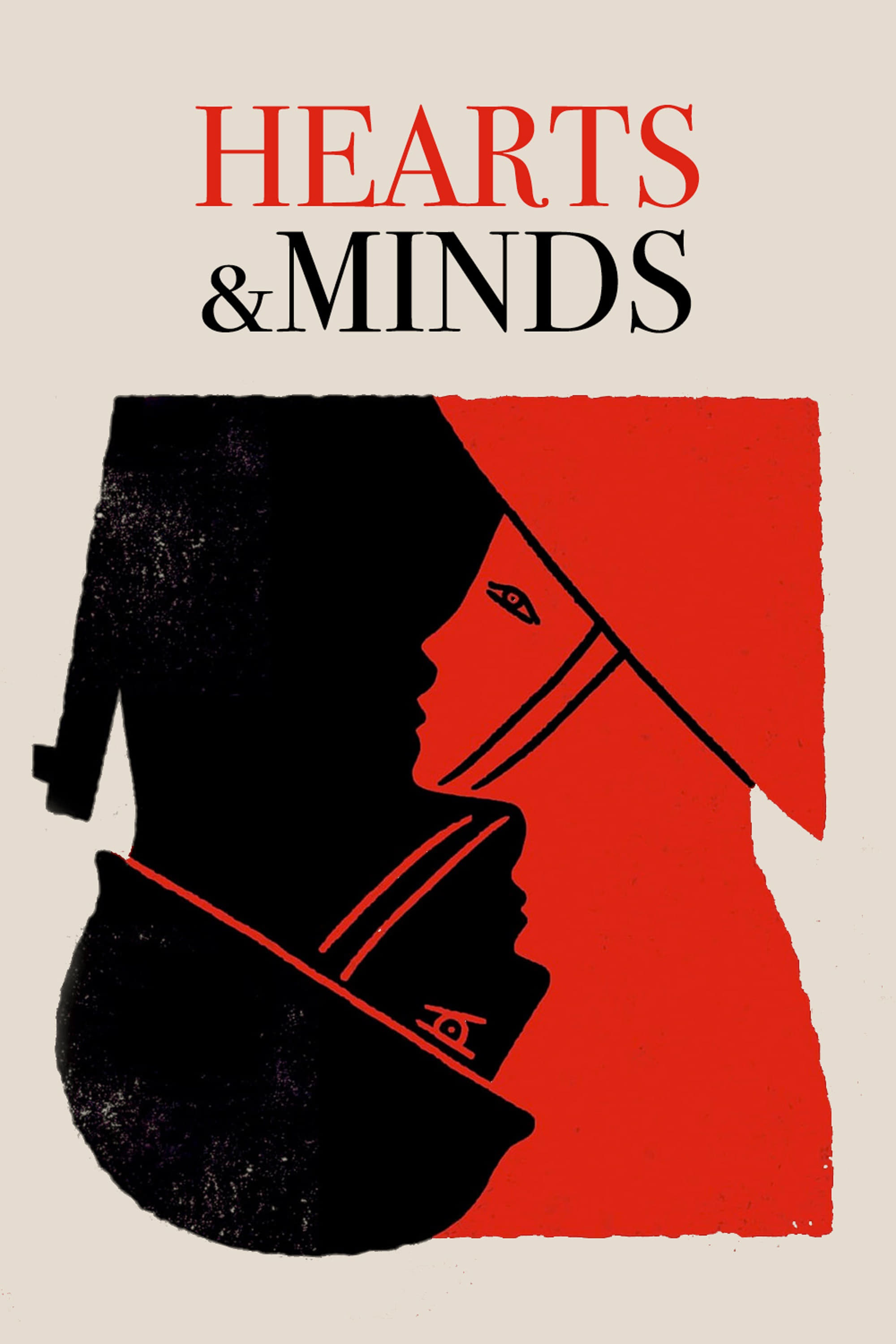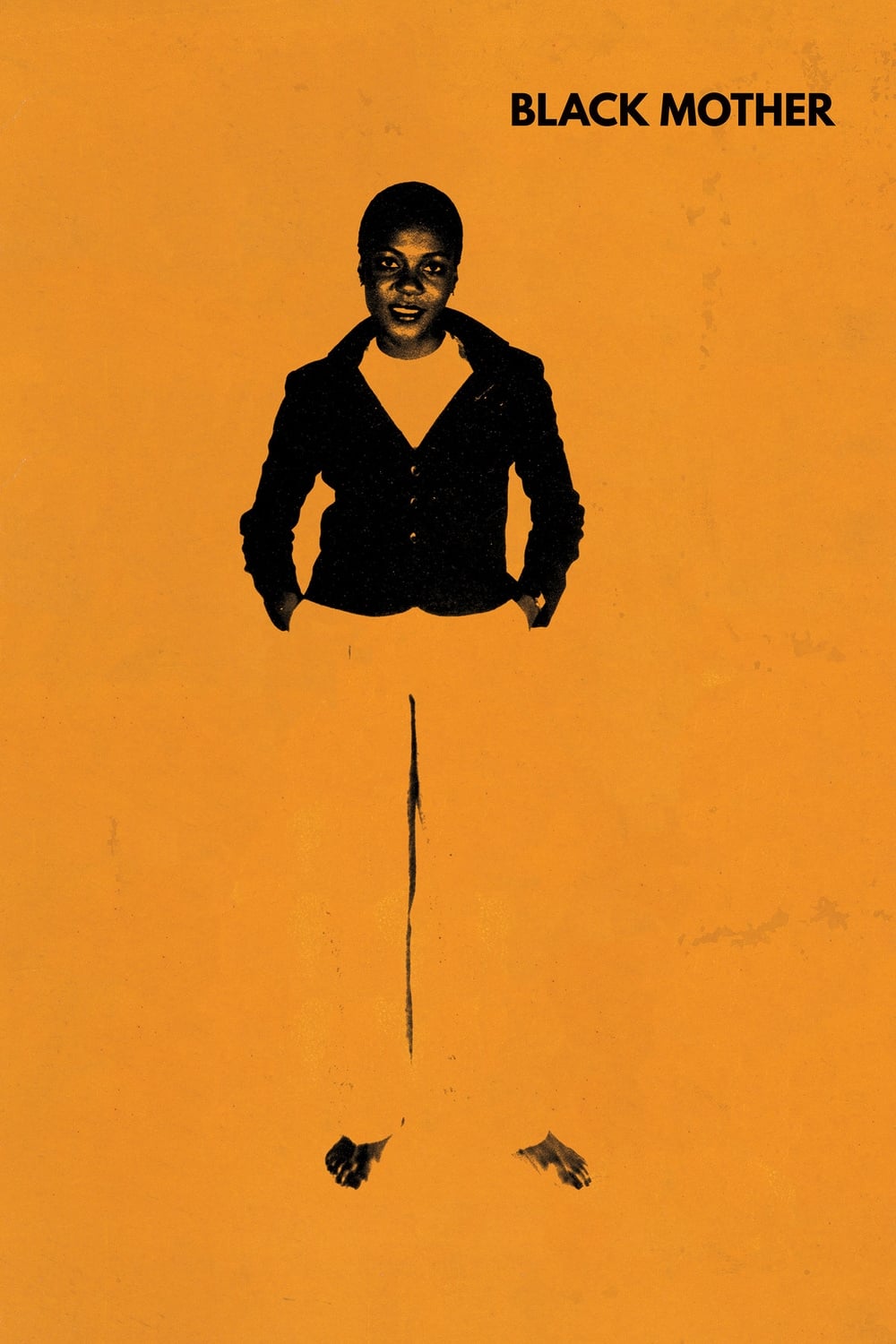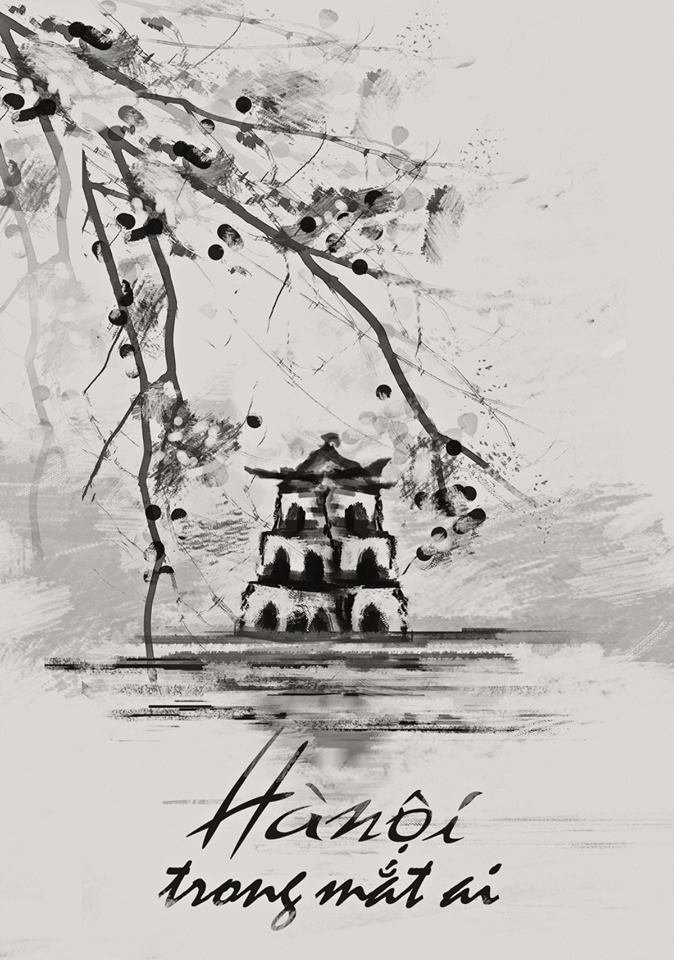
Hanoi in Whose Eyes (1983)
Released:
1983-01-01
Duration:
45min
Genres:
Documentary
Rating 0.0
Overview
Made in 1982 but banned until 1987, "Hà Nội trong mắt ai" is a Vietnamese documentary film using historical figures and stories intertwined with the history of the city to reflect its citizens' views on society at the time.
Production Companies
Xưởng phim Tài liệu và Khoa học Trung ương
Additional Info
| Budget | $0.00 |
|---|---|
| Revenue | $0.00 |
| Original Language | vi |
| Popularity | 0.1182 |
Directed By
Trần Văn Thủy
Crew
Writer
Trần Văn Thủy
Trần Văn Thủy
Editor
Nguyễn Thanh An
Nguyễn Thanh An
Director
Trần Văn Thủy
Trần Văn Thủy
Director of Photography
Lưu Hà
Lưu Hà
Music
Văn Vượng
Văn Vượng
